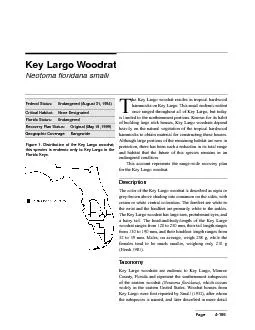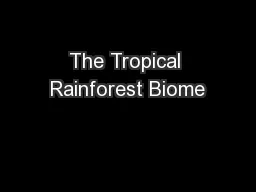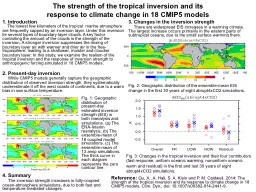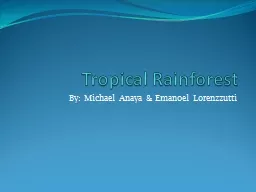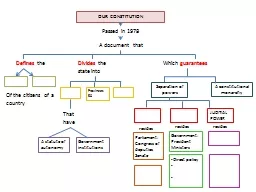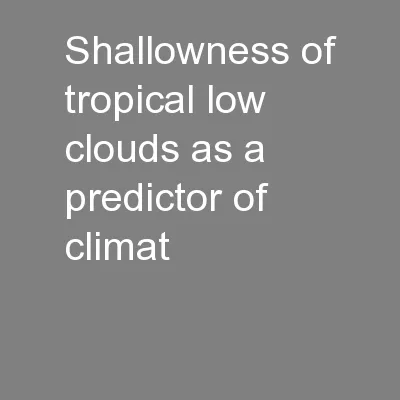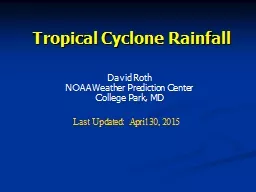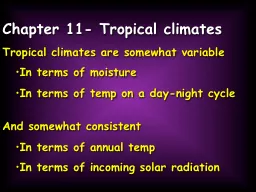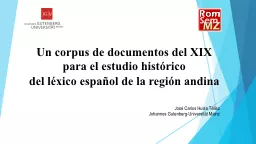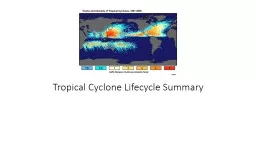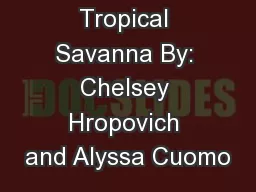PDF-he Key Largo woodrat resides in tropical hardwoodhammocks on Key Largo
Author : mitsue-stanley | Published Date : 2015-08-23
The color of the Key Largo woodrat is described as sepia orcream or white ventral coloration The forefeet are white toThe Key Largo woodrat has large ears protuberant
Presentation Embed Code
Download Presentation
Download Presentation The PPT/PDF document "he Key Largo woodrat resides in tropical..." is the property of its rightful owner. Permission is granted to download and print the materials on this website for personal, non-commercial use only, and to display it on your personal computer provided you do not modify the materials and that you retain all copyright notices contained in the materials. By downloading content from our website, you accept the terms of this agreement.
he Key Largo woodrat resides in tropical hardwoodhammocks on Key Largo: Transcript
Download Rules Of Document
"he Key Largo woodrat resides in tropical hardwoodhammocks on Key Largo"The content belongs to its owner. You may download and print it for personal use, without modification, and keep all copyright notices. By downloading, you agree to these terms.
Related Documents

